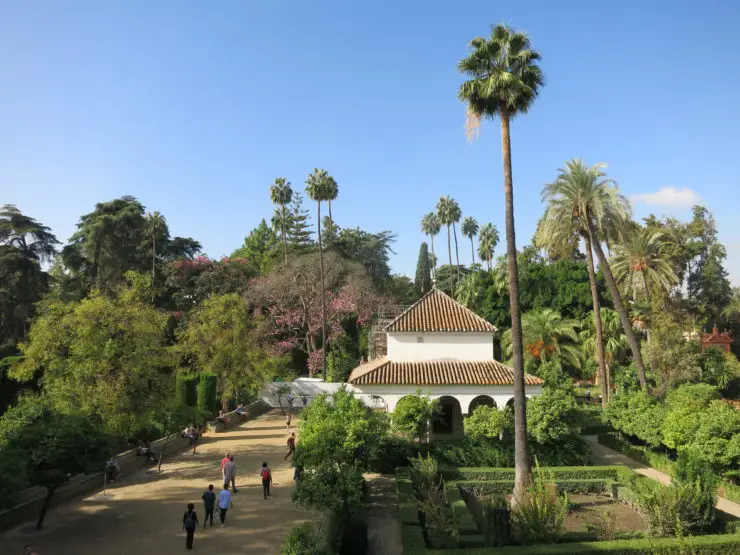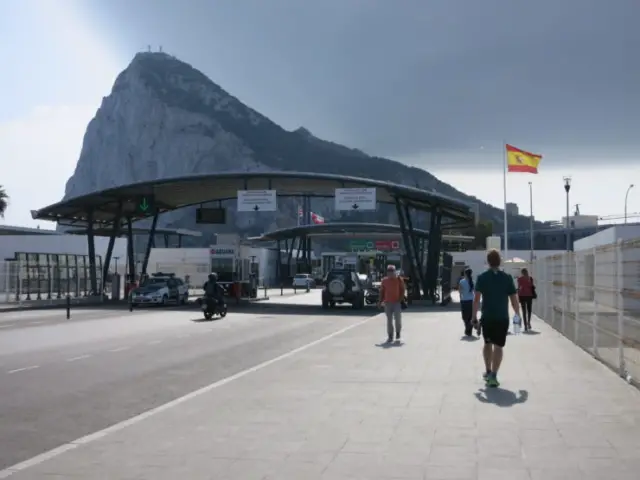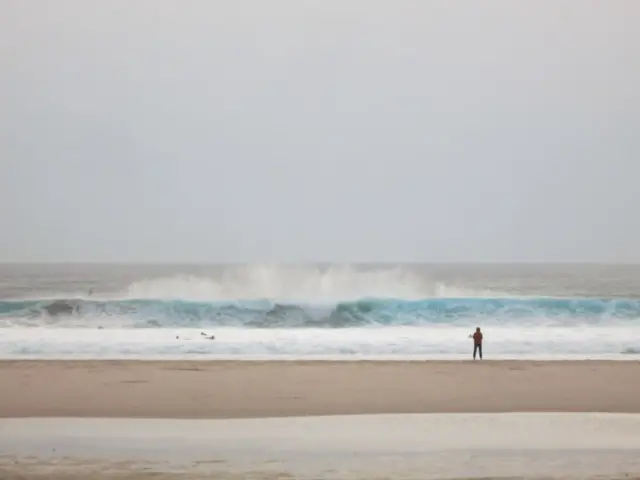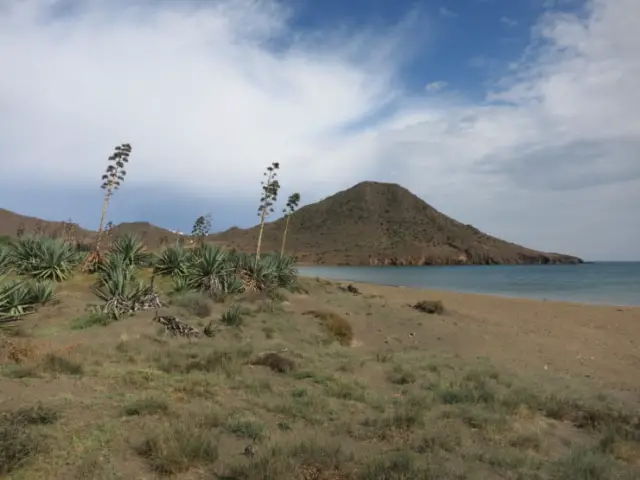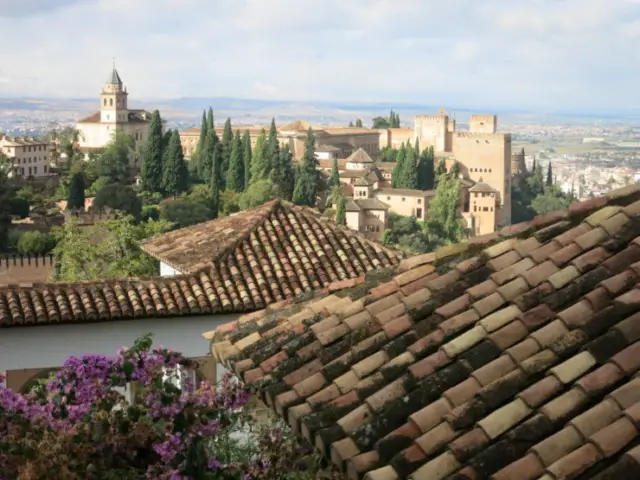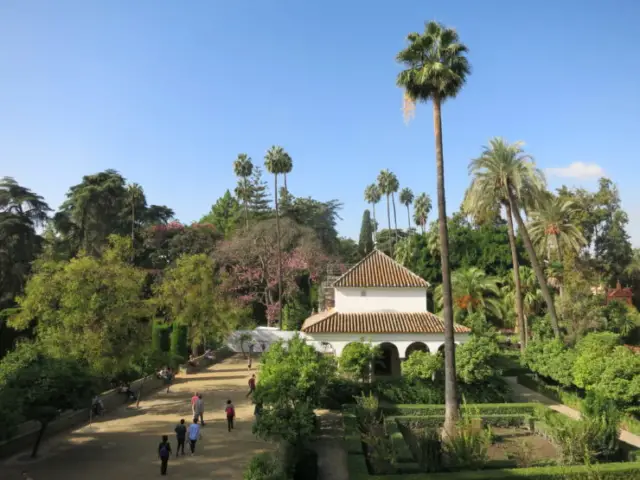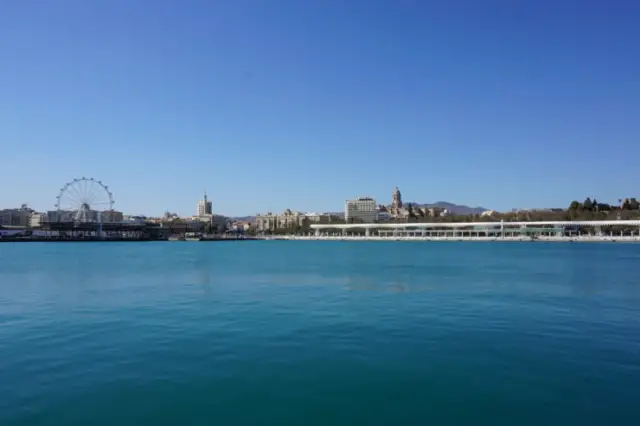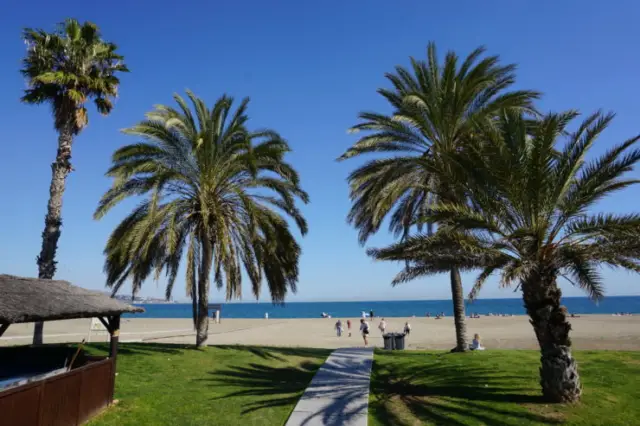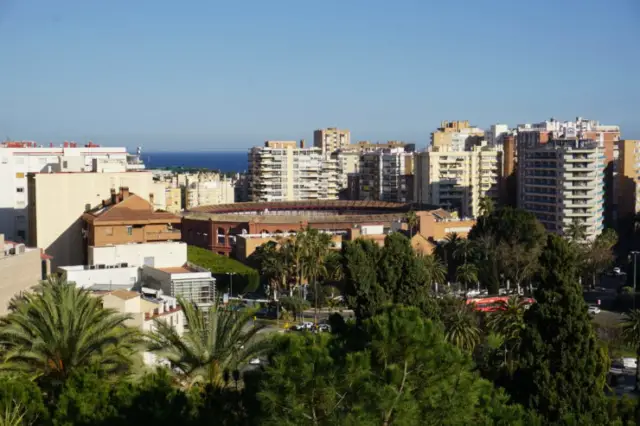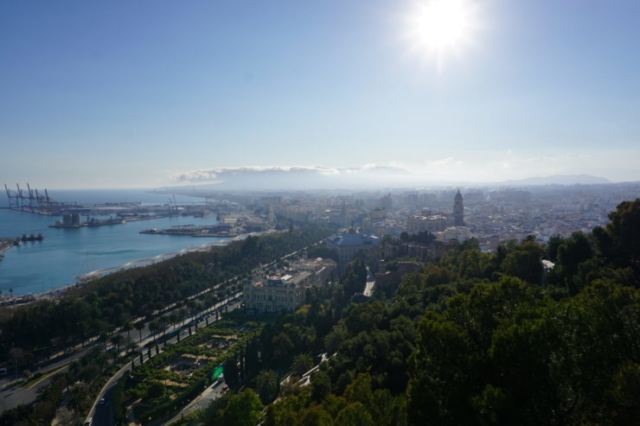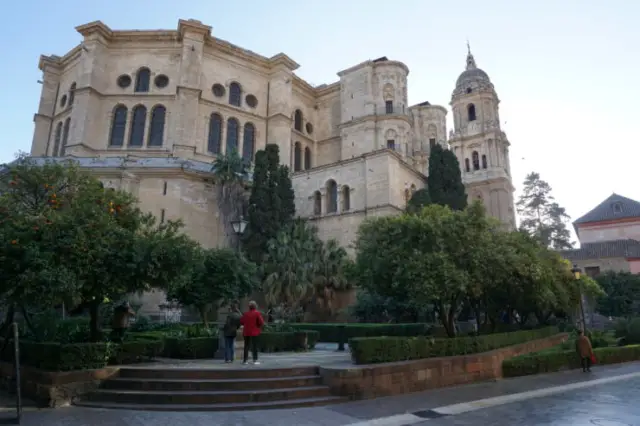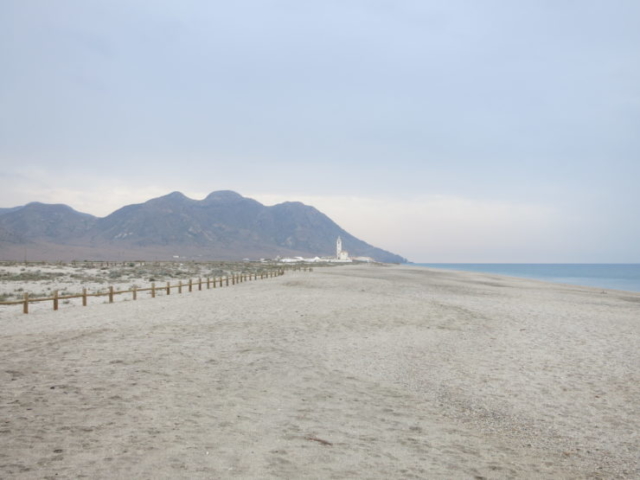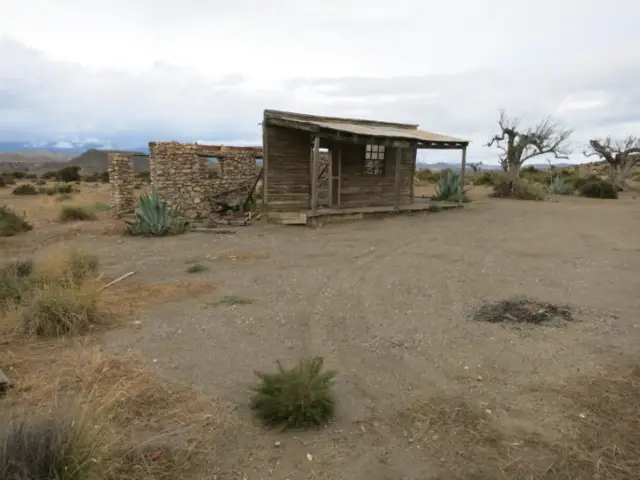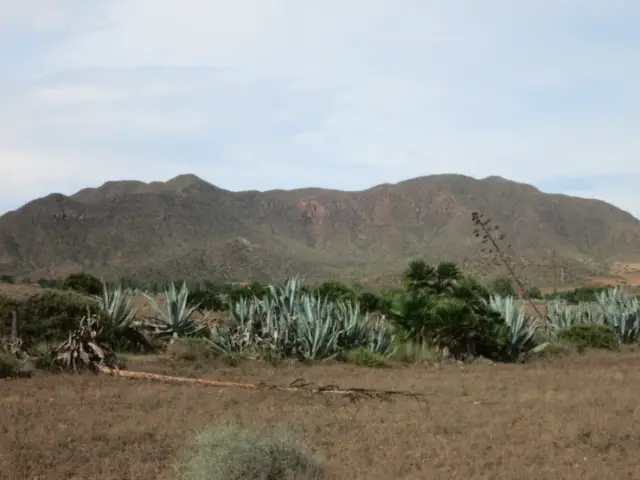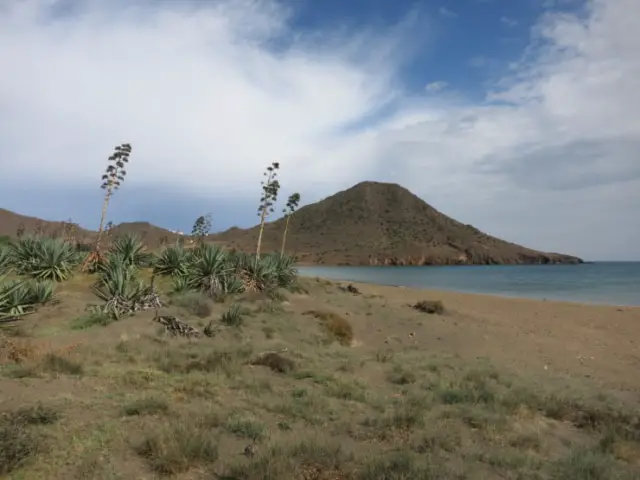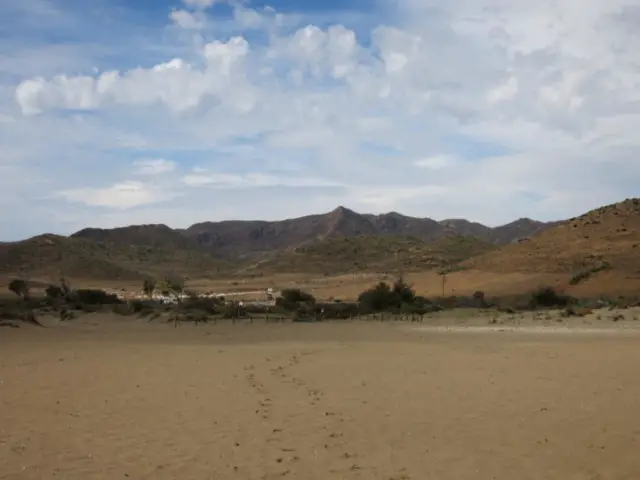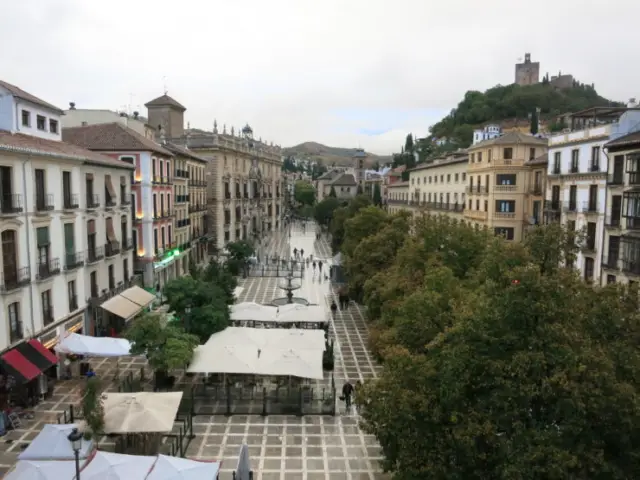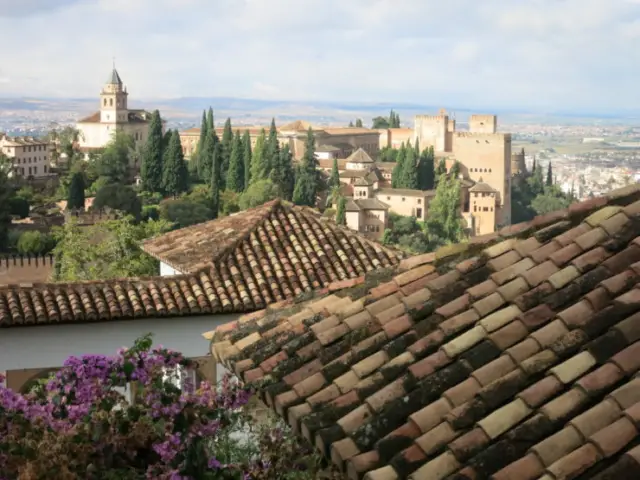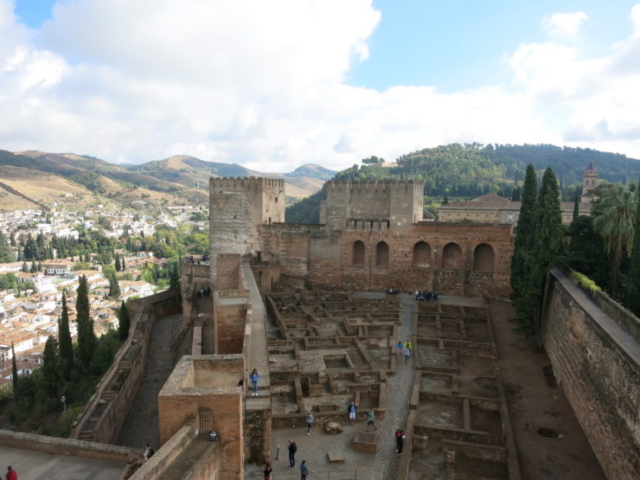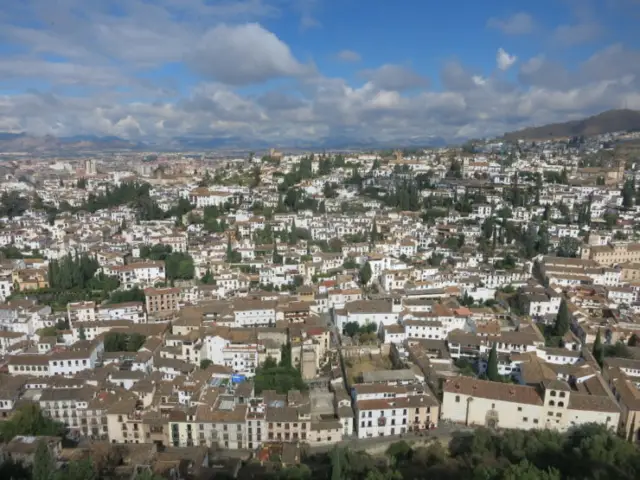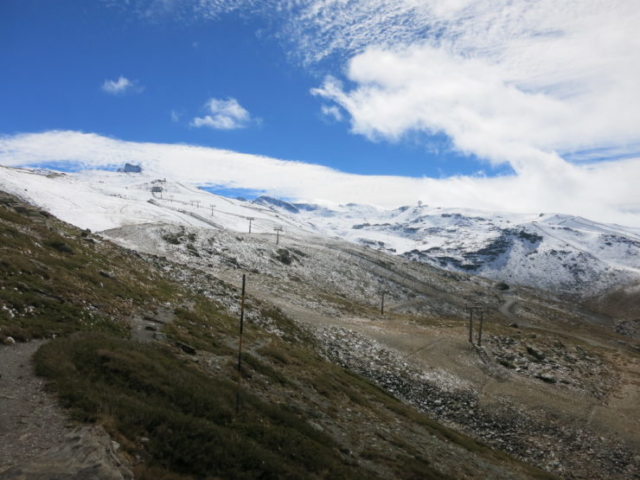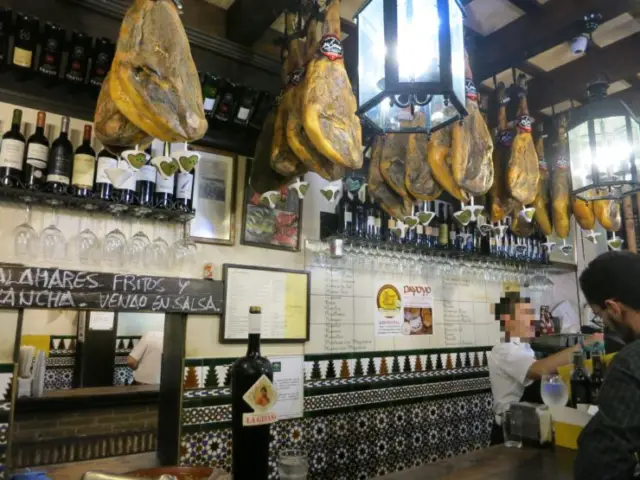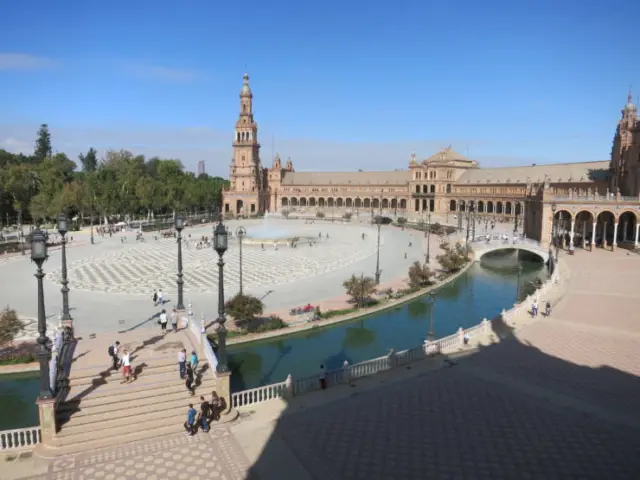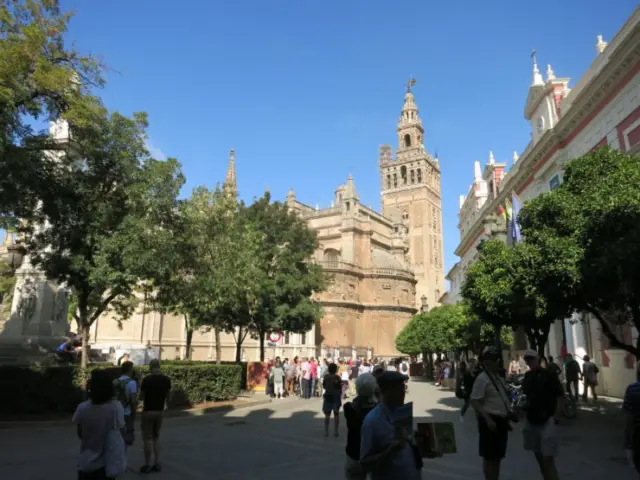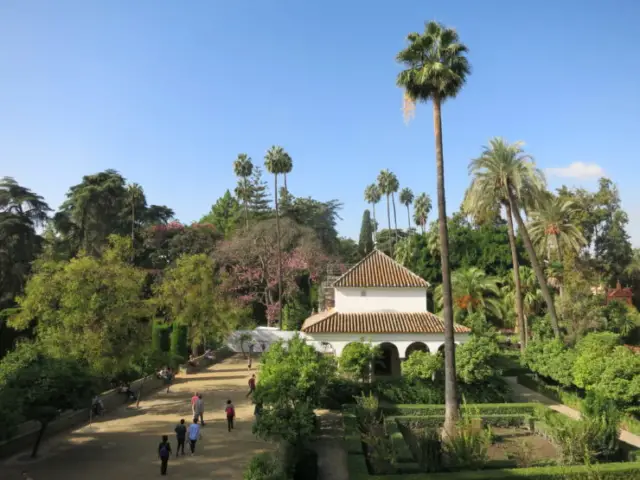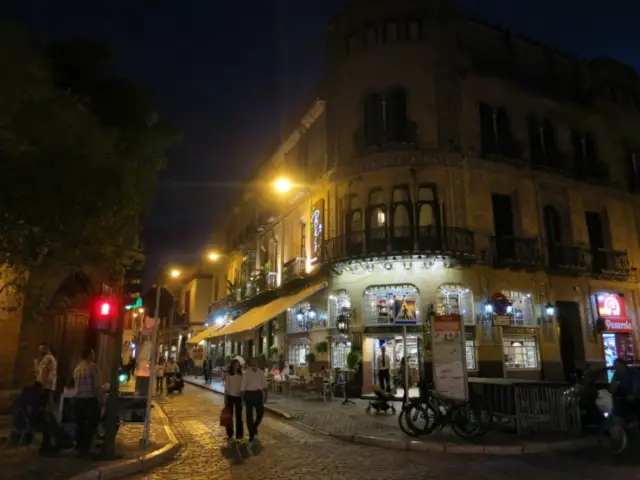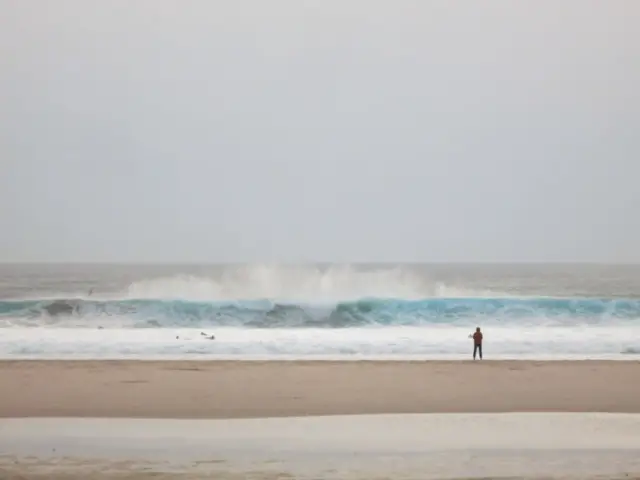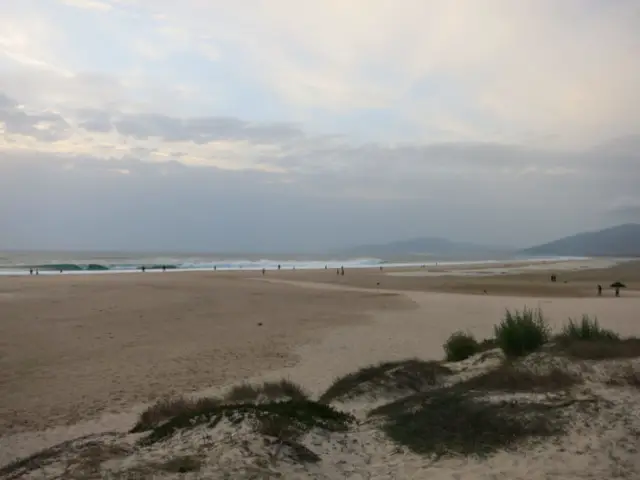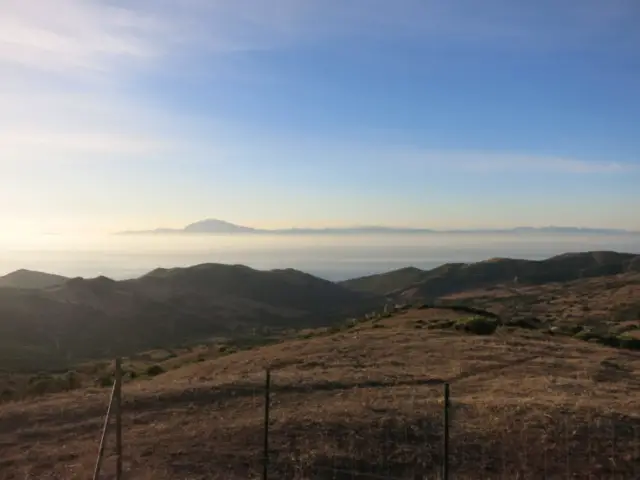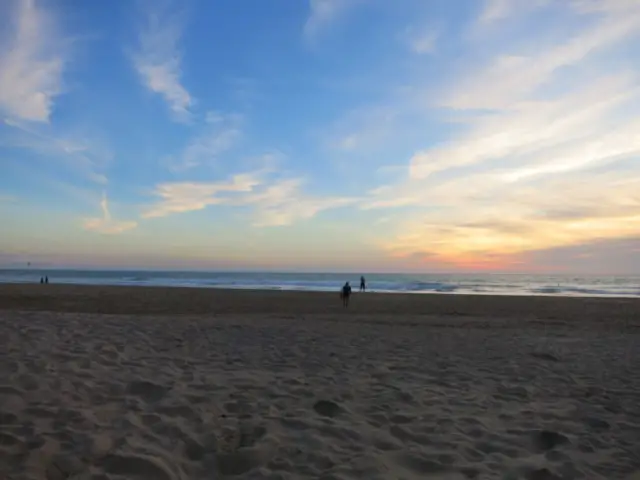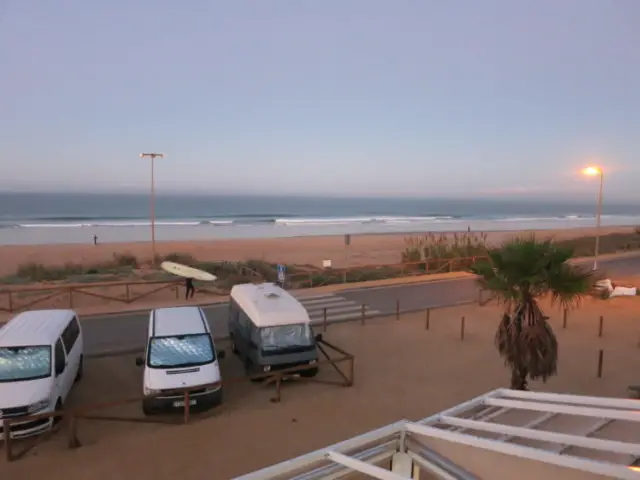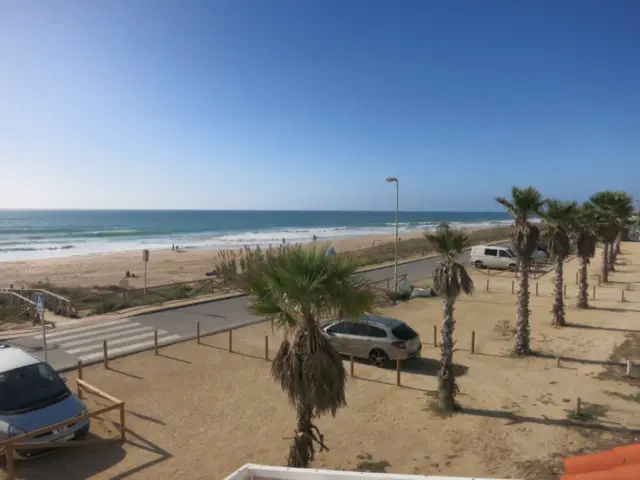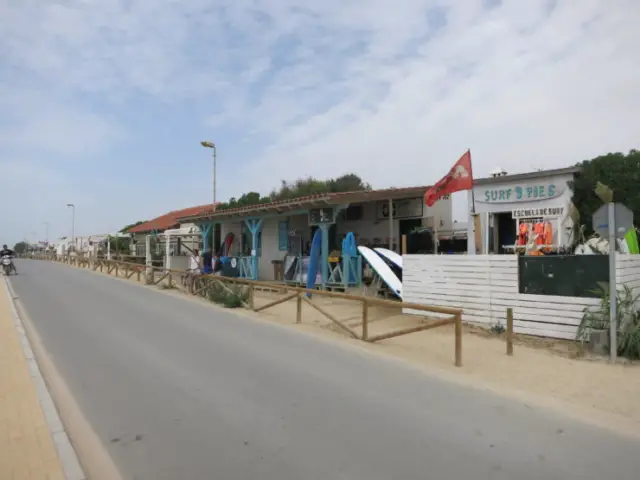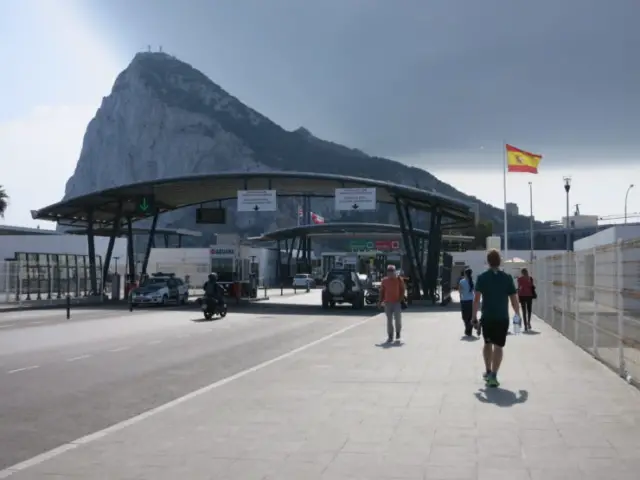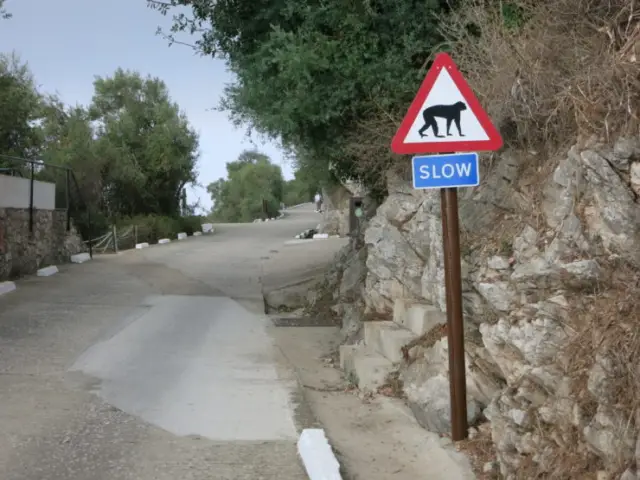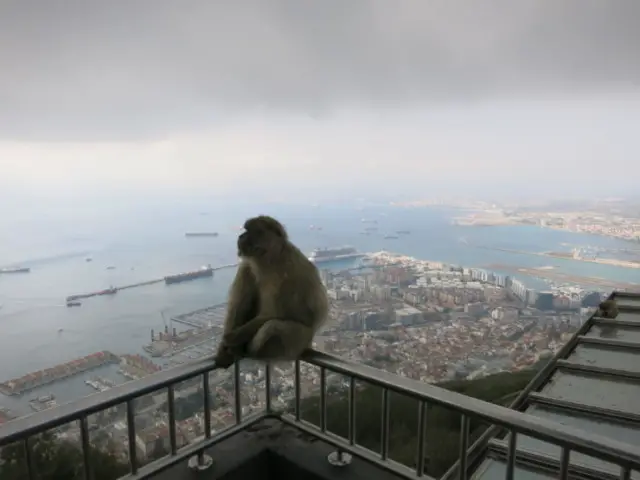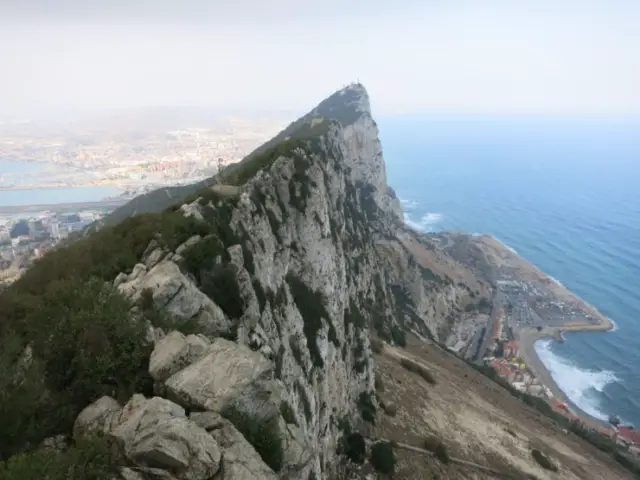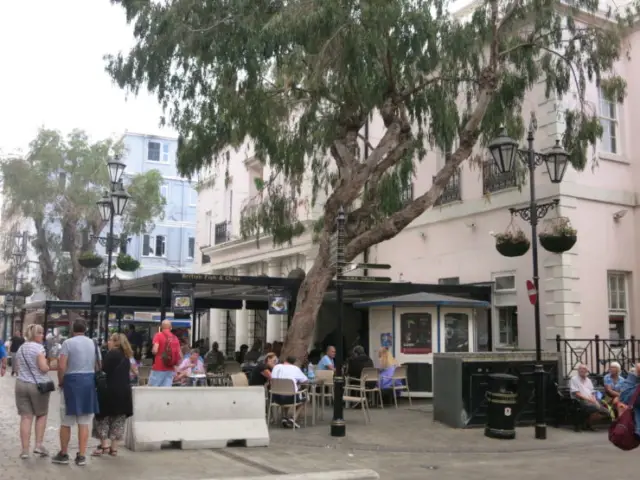Description
This one-week Southern Spain Itinerary includes the eastern part of Andalusia where you can visit Europe’s only real desert and some untouched coastlines. We had one of the few cloudy days with a bit of rain which made the landscapes even more fascinating. After the desert we visited Granada, Sevilla and went surfing at the Atlantic Ocean. The trip ended in an English Pub in Gibraltar.
| Our Southern Spain Itinerary |
|---|
| Day 1: Arrive in Malaga & Drive to Almeria |
| Day 2: Cabo de Gata and Tabernas Desert |
| Day 3: Granada |
| Day 4: Seville |
| Day 5-6: El Palmar |
| Day 7: Gibraltar & Departure |
Gallery
Overall costs
$ 700
Duration
7 days
Rating
Itinerary:
Malaga
We arrived in the morning in Malaga, got our rental car and drove into the city for lunch and a quick walk through the city. A good parking lot is Parking Muelle Uno just next to the port. From here you can easily walk to the old center, the cathedral, Alcazaba and the beach.
We left Malaga in the early afternoon and drove to Almeria with some little stops at the road wherever we felt its worth a closer look.
How to get there
By plane: Malaga has direct connections to cities in all over Europe and often they are operated by low cost carriers. For transcontinental connections you might often get a cheaper deal if you add one stop in Madrid.
Get around
Malaga’s city center is small enough to go everywhere you want by foot.
Things to do
Alcazaba: The old fort from the 11th century lies next to the port on a hill with great views over the city. Entry is 2.10 Euros; the place is closed on Monday bus has free entry Sunday after 2pm.
Playa la Malagueta: Solid beach for a town with half a million inhabitants. Its located just around the corner from the newly built shopping center at the Cruise Terminal. There are lots of small bars serving snacks and drinks but just a few spots with shadow.
Old town: The old part of Malaga has a beautiful cathedral and many streets in the shopping district are pedestrian zones. The best places to eat are located around the shopping area, for example La Tranca Tapas Bar.
Cabo de Gata and Tabernas Desert
The province of Almeria is the driest area in Europe and the only one with a real hot and arid desert climate. There are two excellent places to explore the impressive desert landscape. The first one is Cabo de Gata at the Mediterranean Sea and the second one the Tabernas Desert more inland. We’ve been there on one of the rare rainy days per year.
We visited Cabo de Gata in the morning, had lunch in San José and spent the afternoon in the Tabernas Desert. In the evening we drove to Granada where we ended the day with some Tapas.
How to get there
From Almeria to Cabo de Gata 30 minutes by car and from there another 40 minutes to the desert.
Get around
Both places have good hiking trails but to get there you should have a car.
Things to do
Cabo de Gata: The coastal protection area is one of the few undeveloped stretches of the Mediterranean Coast. Start at the Mirador de Las Salinas and also visit the beach on the opposite side of the road. Then proceed to the lighthouse Faro de Cabo de Gata and afterwards to Playa de los Genoveses.
Tabernas Desert: The Tabernas Desert is the center of this dry region and because of the landscape a popular place for filmmakers. You will find some fake saloons next to the road from an old Western movie. The one from the picture was just a 5 minutes’ walk away from the road and can be found here. Just park your car on the side of the road.
Granada
Granada is famous for its Tapas and the Alhambra which is a former palace from the time when Andalusia was part of the Muslim Nasrid dynasty. Granada is located just next to the Sierra Nevada which has snow covered peaks from late autumn until spring and is a really nice hiking area.
We spent one day here visiting the Alhambra and drove up the mountains in the afternoon before leaving to Seville.
How to get there
By car: We drove in 2 hours from the desert to Granada and used one of the parking lots at Avenida de la Constitución. Avoid driving in the inner city. If you have no registered plate your hotel can arrange a permission to use a very specific route through the center to the hotel.
Get around
Walking is the only reasonable way to get around in the old part of Granada though there are small busses if you want to avoid walking up the steep hills. For the Sierra Nevada I would recommend to go there after your stay in Granada to avoid driving twice through the city.
Things to do
Alhambra: The hilltop fortress was built during the Muslim Nasrid dynasty in the 13th century and is one of the most impressive architectural sights in Spain. You have to buy tickets online in advance and for some parts like the Palacios Nazaries they are sold out weeks and months in advance. But for the general entry I once managed to buy them via phone just the minute before entering.
Mirador San Nicolás: This little balcony offers some of the best views of the Alhambra and the high mountains of the Sierra Nevada in the background.
Tapas Bars: Granada has some of the best Tapas Bars in the country. My favorite ones are Bodega La Mancha close to Plaza Nueva and Los Diamantes next to Plaza del Carmen.
Sierra Nevada: The Sierra Nevada reaches a height of 3479 meters and is a nice hiking spot during the summer. It’s also a good call if you want to escape the summer heat down in Granada. During the winter its Southern Spain’s most popular ski destination.
Seville
We arrived in Seville on late afternoon, checked in the hotel and walked around town to get some Tapas and drinks. We then started early in the morning with a breakfast in one of the busy Tapas Bars where we had a coffee and Churros with hot chocolate.
After breakfast we checked out Seville’s main attraction Alcázar, the cathedral, Metropol Parasol and Plaza de España. While you could easily spend days in Seville visiting every museum, we just wanted to maximize our beach time and left Seville right after lunch.
How to get there
By car: With a little gas station and ice cream break we drove 3 hours from Granada to Seville. There is almost no traffic on the highway A-92 so it’s a pretty relaxed ride with dozens of olive trees next to the road.
Get around
All sites are pretty close together so walking is your best option to get around Seville.
Things to do
Alcázar: The Alcázar of Seville is a former royal palace and residency of king Peter of Castile who lived in the 13th century. You can visit several buildings with exhibitions of Alcázar and Seville history, an old cistern and the huge garden.
Usually there are long lines at the ticket counter which you can avoid by buying a ticket online at their official website.
Seville Cathedral: We booked the tickets online just a few minutes before arriving at the Cathedral to skip the lines and made a quick walk through the building. The cathedral is a former mosque and has a wide range of architectural styles from several epochs.
Metropol Parasol: The wooden structure over spans the Central Market and an excavation site with Roman and Moorish remains. There’s a nice walkway on top of the construction with great views over Seville. Entrance fee is €3.
Plaza de España: One of the biggest squares in Seville surrounded by a semicircular building. There is also an artificial canal on which you can paddle around with a rental boat. From the square you will notice several stairways which are accessible for free and lead you to one of the balconies with views over the site.
El Palmar
We arrived in the afternoon in El Palmar on the Atlantic Ocean and stayed two nights just next to the beach. El Palmar is a small village mainly known for surfing with some bars and restaurants. The village is also popular on weekends for people from Cadiz and Seville so if possible, stay there during the week.
We went surfing several times, hang around the cafes and made a quick visit in Tarifa which is one of the best places for wind and kite surfers in Europe.
How to get there
By car: Highway E-5 from Seville to Conil de la Frontera and from here on a small road to El Palmar. Driving time is around 1 hour and 45 minutes.
Get around
By foot: El Palmar is an elongated village at the beach where you can easily walk everywhere.
Bicycles: Renting bicycles is a nice way to visit some of the other beaches south of El Palmar or to get some food or visiting the ATM at Conil de la Frontera.
Things to do
Surfing: There are plenty of surf shops and schools at the beach to rent some equipment. El Palmar is suitable for beginner and intermediate levels.
Cadiz: The city has a great location at the end of a peninsula which is accompanied by a sandy beach. Just walk around the streets and enjoy the many shops and restaurants. If possible, go to Mercado Central de Abastos around noon on a Saturday and enjoy Tapas with the locals.
Tarifa: Tarifa has a charming old town with North African architecture like city walls and impressive city gates. Just walk through the narrow alleys and enjoy some beach time afterwards.
Ferry to Morocco: You can take one of the ferries to Morocco and spent a day in Tanger. The fastest boat makes the journey in 35 minutes but check custom regulations in advance. You can check out the Morocco part of our Eurail itinerary which also started in Tanger or a short trip to Fès if you want to proceed from here.
Gibraltar
Our flight back home was leaving late from Malaga so we had the time to visit Gibraltar on the way. Gibraltar is a tiny part of Britain and a fun mixture between British houses, red phone booths, palm trees and Southern Europe flair.
We walked around town, up the Rock of Gibraltar and had a beer in a pub in the afternoon.
Another good stop on the way to Malaga would have been Ronda with the world-famous Puente Nuevo.
How to get there
By car: 1 hour and 30 minutes from El Palmar via Tarifa to Gibraltar. Make sure to stop at Mirador del Estrecho right after Tarifa to enjoy the view over the Strait of Gibraltar.
Use Parking Santa Bárbara just at the border crossing on the Spanish side and walk through customs. Taking a car into Gibraltar can take quite a while and parking lots a rare once you’re there.
Get around
By foot: Since you left your car on the other side of the border you have to walk 😊 But seriously busses are not worth the waiting, Gibraltar is a small town.
Things to do
Old town: Walk around the old town to see the many shops, bars and fortification buildings and enjoy the unique vibe of the city.
Rock of Gibraltar: The Rock of Gibraltar is home to wild monkeys and offers great views over the entire area. You can either walk up for about two hours or take the cable car from the city center.

